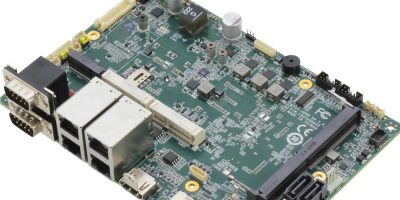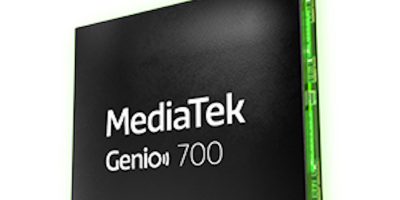Aaeon has based the EPIC-ADN9 SBC (single board computer) on Intel’s Atom x7000E series processors. The SBC supports quadruple 2.5GbE LAN, three simultaneous displays for flexible graphic applications.
The 4.53 x 6.50 inch (115 x 165mm) SBC has a range of embedded CPUs, including the Intel Core i3-N305, Intel Atom x7425E, Intel Processor N50 and Intel Processor N97. According to Aaeon, this processor selection provides support for Intel UHD Graphics, enhancing the on-board display interface configuration which includes HDMI 1.4, DP 1.2, VGA, and 24/48-bit dual-channel LVDS.
The EPIC-ADN9 also supports up to four RJ-45 ports for Intel I226-V Ethernet running at 2.5GbE (depending on the model). The board is designed to be passively cooled, and additionally has multiple options for image acquisition and high-resolution display, making it suitable for entry level gateway devices and digital signage applications.
As is the case with earlier generations of the EPIC board series, the EPIC-ADN9 supports a wide input range of 9.0 to 24V, making it suitable for industrial deployment. There are two physical serial ports for RS-232 / RS-422 /RS-485, in addition to four internal pin headers that support RS-232.
Other features are 16-bit general purpose I/O and flexible storage options such as SATA III, full-size mPCIe, mSATA, and M.2 2242 B-Key slots, making the EPIC-ADN9 suitable for smart manufacturing and industrial automation.
The EPIC-ADN9 is now in mass production.
Established in 1992, Aaeon designs and manufactures industrial IoT and AI Edge solutions. The company provides industrial motherboards and systems, rugged tablets, embedded AI edge systems, uCPE network appliances, and LoRaWAN / WWAN solutions. Aaeon works closely with cities and governments to develop and deploy smart city ecosystems.







